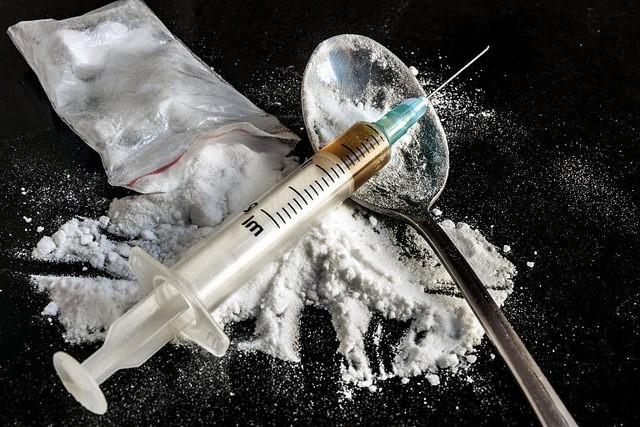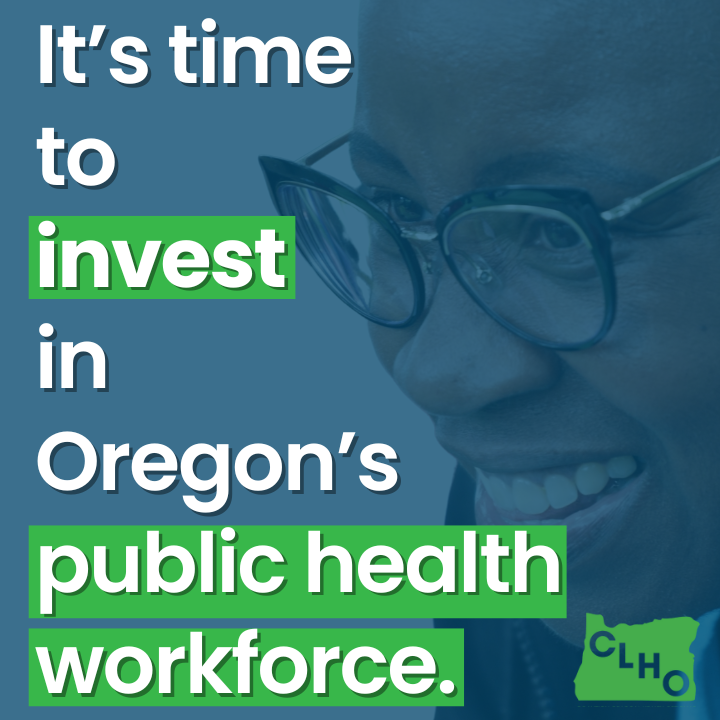
Hospitalizations in Oregon have soared for serious bacterial infections tied to injection drug use in the past decade.
The increase in hospitalizations from 2008 to 2018 underscores the need for the state to find new ways to treat and prevent addiction, according to a new study by Oregon Health Authority and Oregon Health & Science University researchers. The study, published Monday by the journal PLOS ONE, highlights Oregon’s continuing problem with drug addiction: It has among the highest rates of highest drug addiction rates in the U.S.
During the 10-year period, the rate of patients infected through drug use increased from 2.5% to 8.5% of all hospitalized patients. That’s an increase from 839 patients in 2008 to 5,055 in 2018.
The figures don’t surprise Mike Marshall, director of Oregon Recovers, a statewide advocacy group that pushes for a better system to prevent and treat addiction.
“As our population grows and our addiction recovery system gets worse, it’s going to manifest itself in all different ways,” Marshall said. “I think this is an example of Oregon’s continued lack of a comprehensive prevention program. We have some good local government prevention programs, but we don't have any meaningful statewide prevention programs.”
The most common infections were in the blood and sepsis, which involves a life-threatening reaction to infection. Many of the infections stemmed from the use of dirty needles, but there were other factors at play, like contamination during the process of preparing the drugs and the use of dirty supplies. People also suffered infections after injecting heroin, for example, into a muscle instead of a vein.
The study analyzed hospitalizations of patients diagnosed with substance use and a serious bacterial infection from Jan. 1, 2008 through Dec. 31, 2018. Researchers also tabulated the cost of those illnesses.
Opioid users accounted for the highest share of hospitalizations -- 52%. But providers saw a rise in infections from methamphetamine use as well. During that time, those hospitalizations grew 15-fold.
The increase in infections overall reflects a variety of factors, including the opioid epidemic, increased methamphetamine use and social factors like economic instability and access to mental health treatment, said study senior author Dr. Tim Menza, medical director for the HIV/STD/TB Section at the Oregon Health Authority Public Health Division. The study found that the cost of hospitalizations increased from $16.3 million in 2008 to nearly $151 million in 2018. Those figures reflect the billed costs.
“Addressing injection drug use with proven, community-based treatment and harm-reduction strategies, such as syringe service, peer recovery support programs and medication for opioid use disorder, could potentially prevent millions of injuries and deaths from substance use disorder,” Menza said in a statement.
Syringe service programs give people clean needles and also provide education and access to treatment services when they are ready.
The impact of a serious infection can cause some people to reevaluate their situation, offering an opportunity for providers to intervene and connect the patient with local syringe service programs, addiction treatment programs along with housing and food that the person will need after they leave, Menza said. Those steps can help prevent infections and get people involved in substance use treatment services outside hospitals, he said.
Hospitalizations for infections also increased among people who have HIV or hepatitis C. For both groups, the rate grew fivefold from 1.7% of all hospitalizations to 13% during the study period.
The study’s co-authors included researchers at OHSU’s Department of Medicine; the College of Public Health and Human Sciences at Oregon State University; and Outside In, a Portland-based federally qualified health center.
You can reach Ben Botkin at [email protected] or via Twitter @BenBotkin1.
